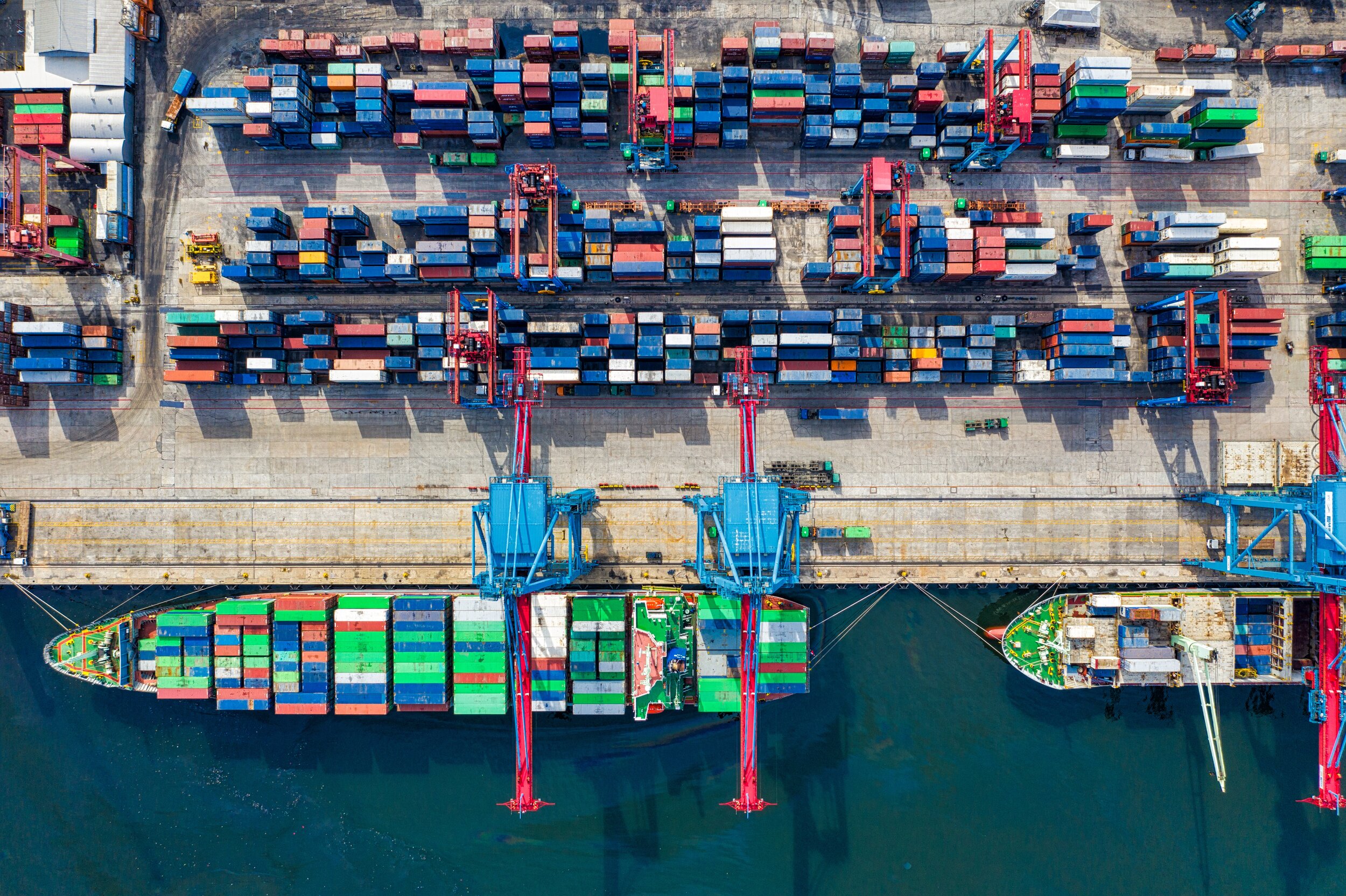Tariffs, trade and turmoil: The current wine market
It’s been anything but plain sailing for winemakers in the last six months, with US trading conditions impacting European wineries, the coronavirus affecting sales in the key Chinese market, and drought and bushfires taking their toll on the Australian 2020 vintage. But there are opportunities, if you know where to look and how to seize them.
Tariffs
In response to E.U. financial support for Airbus, Donald Trump’s primary trade negotiator, Robert Lighthizer, introduced a 25% tariff on E.U. wine imports in the US for wines under 14% Alc./Vol. Since its introduction, exports of wine from France to the US, for example, have decreased by approximately 50%, with much of the impact being felt by US importers rather than by the producers themselves. Importers and retailers have been attempting to minimise price-hikes for consumers and have absorbed the additional cost themselves. To compensate for the reduction in demand, French producers have been increasing their sales to China by as much as 35% and seeking other markets for remaining stock.
Restaurants in China have been virtually emptied by the COVID-19 outbreak.
Coronavirus
Whilst seeing initial success in China, the outbreak of coronavirus has put a significant damper on demand. Analysts from Bernstein have predicted a 21% reduction in demand for premium wines in China cross the first quarter of 2020. With conditions likely to deteriorate further before they improve, sales are expected to be impacted for the foreseeable future. With China as its primary export market, Australia too is feeling the effects of the coronavirus epidemic. Some of Australia’s largest wine makers have indicated their exports to China are down by as much as 90% across the first two months of 2020, as Chinese bars and restaurants empty and hotels face minuscule occupancy rates. Australia’s ban on Chinese tourists entering Australia has also impacted cellar-door visits across the country.
Bushfires
Making world headlines, Australia has suffered from one of its worst bushfire seasons in decades. More than 12 million hectares of land were burnt, and 34 people were killed in a period of around 7 months. The impact on Australia’s wine regions has been extensive. It is estimated that fires have destroyed one third of the vines in the Adelaide Hills growing area alone. Even those not directly affected by the fire has felt secondary effects. The majority of famous winery Tyrrell’s vineyards in New South Wales’ Hunter Valley has seen damage due to smoke taint of the grapes. They estimate a total loss of 80% of their 2020 harvest, although testing is ongoing to measure the full extent.
Bushfires has wreaked havoc in Australia, with damage to vineyards and the 2020 harvest.
What does all this mean for the Australian market?
All of these factors create a complex set of conditions for those selling wines in Australia. In times of crisis Australians show exceptional community solidarity and (publicly at least) support for Australian winemakers is high, with plenty of “buy local” initiatives. An excess of product available for local consumption as a result of reduced exports to China will also have an impact.
That being said, demand for international wines has never been higher, with imported wine volumes passing 100 million litres in 2019. The introduction of tariffs in the US and the ongoing threat of coronavirus in China is also pushing European region associations to look to other markets for export development. Many associations have realised the opportunities of the Australian market, which punches well above its weight. Australia has high GDP per capita at nearly US$56,000, and France, Italy and Spain fill the top rankings of imports in both volume and value (after New Zealand). The E.U. itself has understood the need for education to bridge the gap in approaches to wine (appellation vs. varietal), and increased funding subsidies from 50% to 60% for in-market promotional activities. Building on these elements, European producers have an excellent opportunity to succeed in Australia and share the spoils of the market’s imported wine sector growth.



